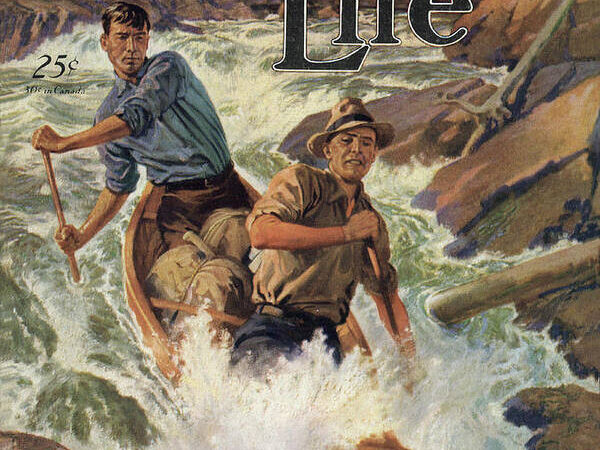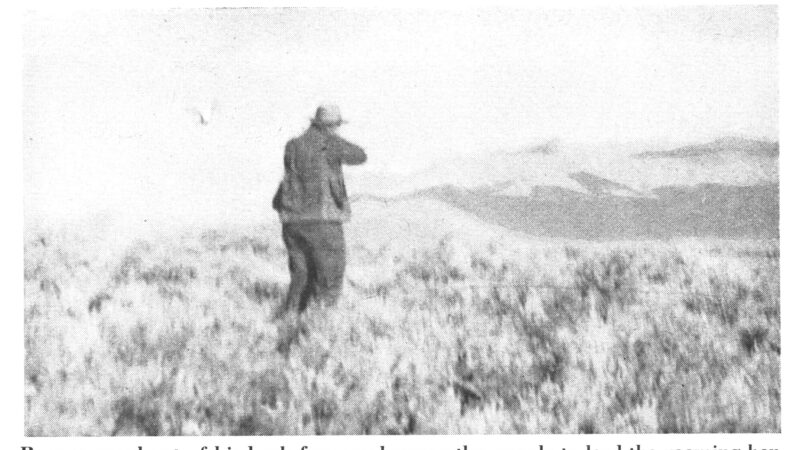Types of Pistols: A Guide for Beginners
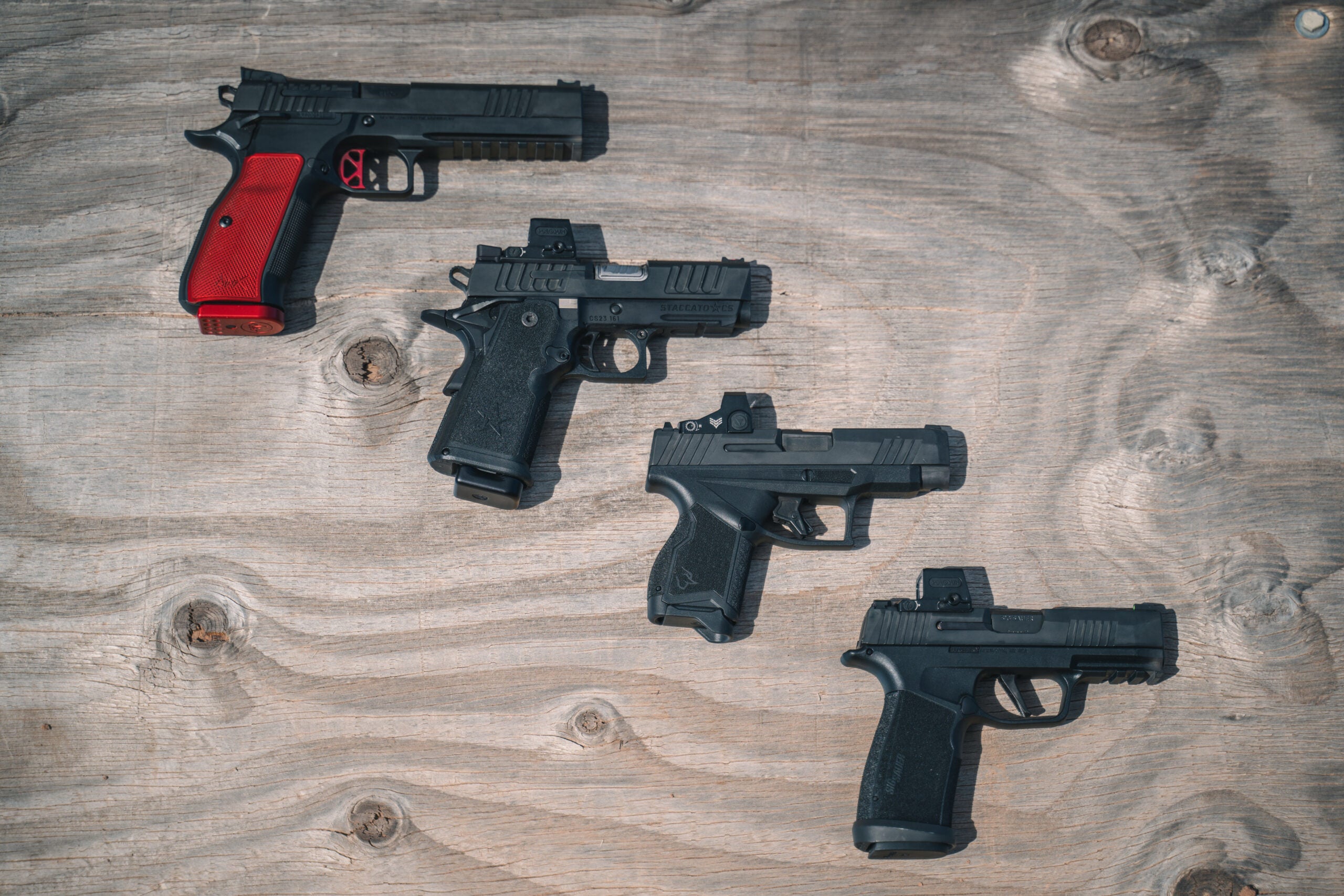
We may earn revenue from the products available on this page and participate in affiliate programs. Learn More ›
Since the first time somebody figured out that they could propel an object out the end of a crudely-fashioned iron tube by igniting a concoction of sulfur, charcoal, and piss, humankind has strived to make firearms more effective, user-friendly, and compact. From the beginning, the type of guns we consider pistols were designed so that a shooter could fire them with one hand. Early pistols were simple black-powder-charged, single-shot contraptions that were likely even more frustrating than their long-barreled counterparts. These days, there are many types of pistols, and they’re better than ever—but trying to sort them all out can feel like drinking from a fire hose. Here’s a guide to the different pistol types.
Basic Types of Pistols
- Semi-automatic pistols
- Revolvers
- Break-action pistols
- Bolt-action pistols
- Muzzleloading pistols

What is a Pistol?
If you feel overwhelmed trying to understand the different types of pistols, don’t fret. Plenty of seasoned shooters can’t even agree on what a pistol actually is! Calling a revolver a pistol is sure to rouse some curmudgeon from a dusty corner who will handily point out your error. Here’s what a pistol is defined as by ATF and the Gun Control Act:
The term “Pistol” means a weapon originally designed, made, and intended to fire a projectile (bullet) from one or more barrels when held in one hand, and having:
- a chamber(s) as an integral part(s) of, or permanently aligned with, the bore(s);
- and a short stock designed to be gripped by one hand at an angle to and extending below the line of the bore(s).
That definition excludes revolvers, which are defined by the ATF as “a projectile weapon of the pistol type, having a breech loading chambered cylinder so arranged that the cocking of the hammer or movement of the trigger rotates it and brings the next cartridge in line with the barrel for firing.”
Handguns are broadly defined as guns that are designed to be fired with one hand.
Sizes of Pistols
A major divider of the various categories and types of pistols is size. Some pistols are tiny specimens that are designed to snap onto a belt buckle or slip into a pocket like a thin wallet, and others are hand cannons designed to shoot .50-caliber bullets. Generally speaking, most pistols fall into these size categories, listed from smallest to largest:
- Pocket pistols, which are small enough to comfortably carry in a pocket
- Micro-compact pistols, which can be carried in some pockets, but are designed for deep concealment in a holster
- Compact/sub-compact pistols, which are small enough to be concealed
- Full-size pistols, which are ”normal” sized pistols that are designed for duty, non-concealed carry, competition, and recreational shooting
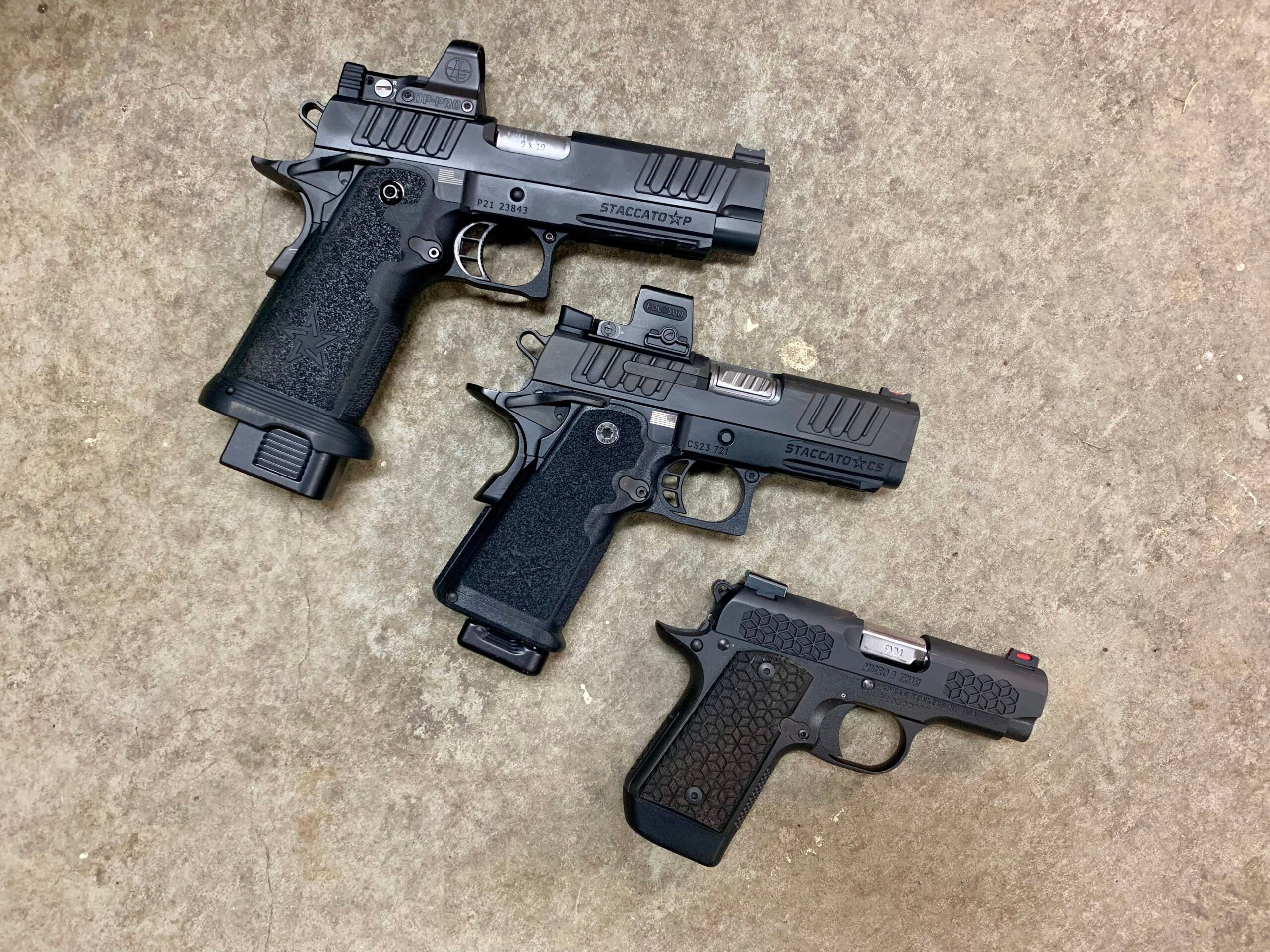
Frame Material and Style
A key sub-category of these types of pistols is the frame material and style. When semi-auto pistols were first developed—and for decades after—pistol frames were all made of steel. Since the 1980s when Glock pioneered the field, polymer-framed pistols have grown steadily in popularity. Modern plastics have made polymer-framed pistols every bit as reliable and durable as steel-framed guns, while making them lighter, cheaper to build, and increasing ammunition capacity.
Steel- and alloy-framed pistols are still popular, but they’ll generally cost more than polymer-framed pistols. Metal-framed pistols like the 1911 aren’t going anywhere, and companies like Sig Sauer are offering metal frames for their contemporary pistols too.
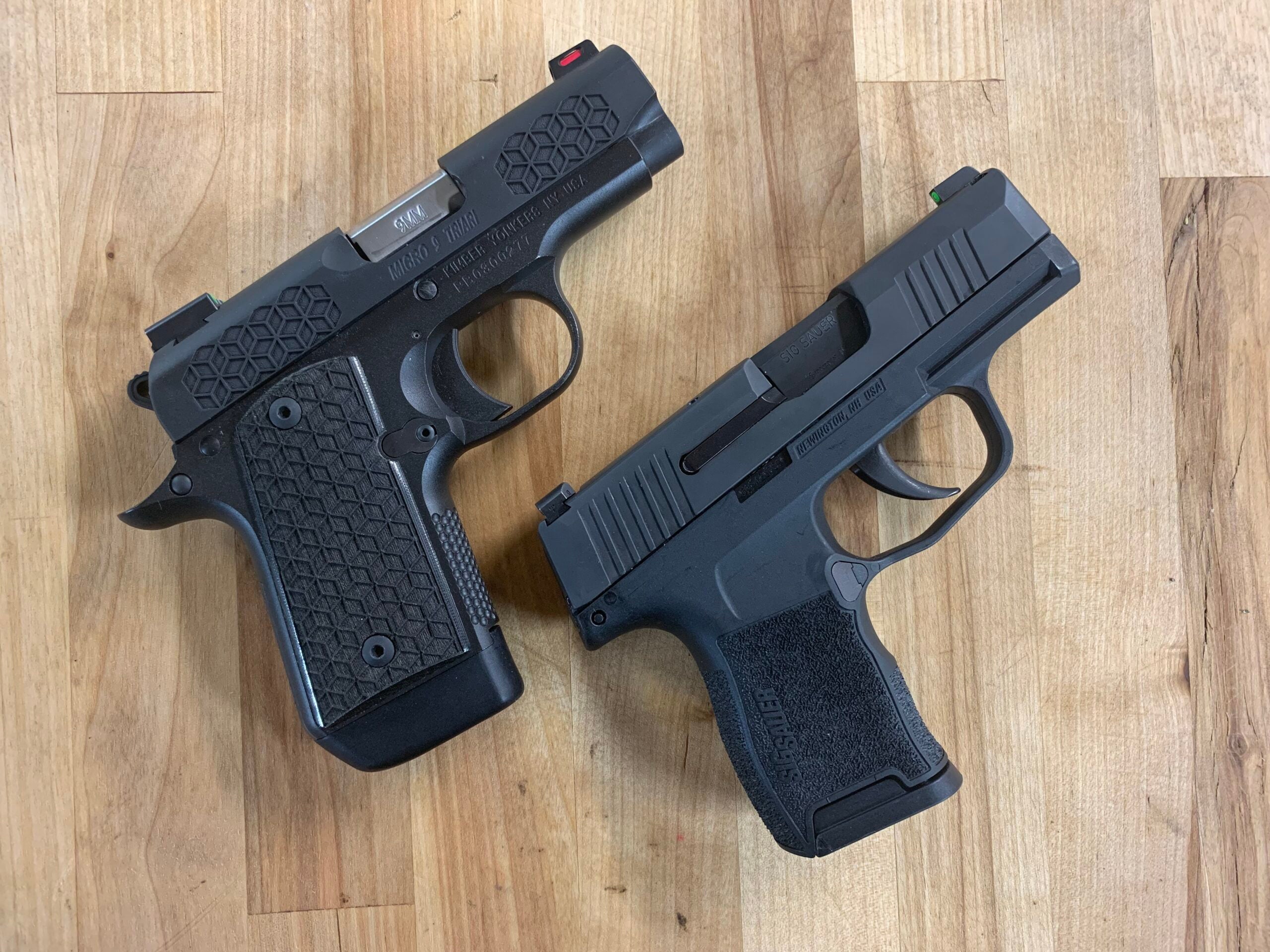
Hammer-Fired and Striker-Fired Pistols
Another notable division within the semi-auto pistol category is the employment of hammer-fired or striker-fired ignition systems. Hammer-fired pistols have been used for centuries, once using a spring-loaded hammer to spark flint into a reservoir of fine-grain black powder. In metallic cartridges, similar hammer designs have been used to strike the primer (or the firing pin) and set the cartridge off. Early semi-auto pistols nearly all employed hammers, and many still do. The 1911 and Browning Hi-Power are excellent examples of hammer-fired semi-automatic pistols.
Most polymer-framed semi-auto pistols are striker-fired, which means that they use a spring-loaded striker to hit the primer, rather than a floating firing pin. Striker assemblies are often more compact and unobtrusive than hammers—though some pistols like the Sig P322, Ruger LCP Max, and Ruger Mark 4 use a concealed hammer assembly.

Semi-Automatic Pistols
The most popular type of pistol today is undoubtedly the semi-automatic. This category boasts thousands of different models and variations, and is ever-expanding. A semi-automatic pistol is one that, when fired, automatically ejects the spent cartridge case, loads an unfired cartridge into the chamber, and is ready to fire with another pull of the trigger. The trigger must be pulled to fire each individual shot, but the gun doesn’t need to be manually cocked between shots.
Most semi-automatic pistols use a detachable magazine that is inserted inside the pistol’s grip. A spring presses cartridges to the top of the magazine where they are removed and loaded one-by-one as each shot is fired.
Semi-automatics are one of the most diverse types of pistols, with several key categories. The vast majority of semi-auto pistols are blowback operated, however, meaning that the action is driven by the recoil of the fired cartridge. There are a few gas-operated semi-automatic pistols like the new Smith & Wesson .22 magnum that use the gas pressure from the expended cartridge to cycle the action, but they aren’t common.
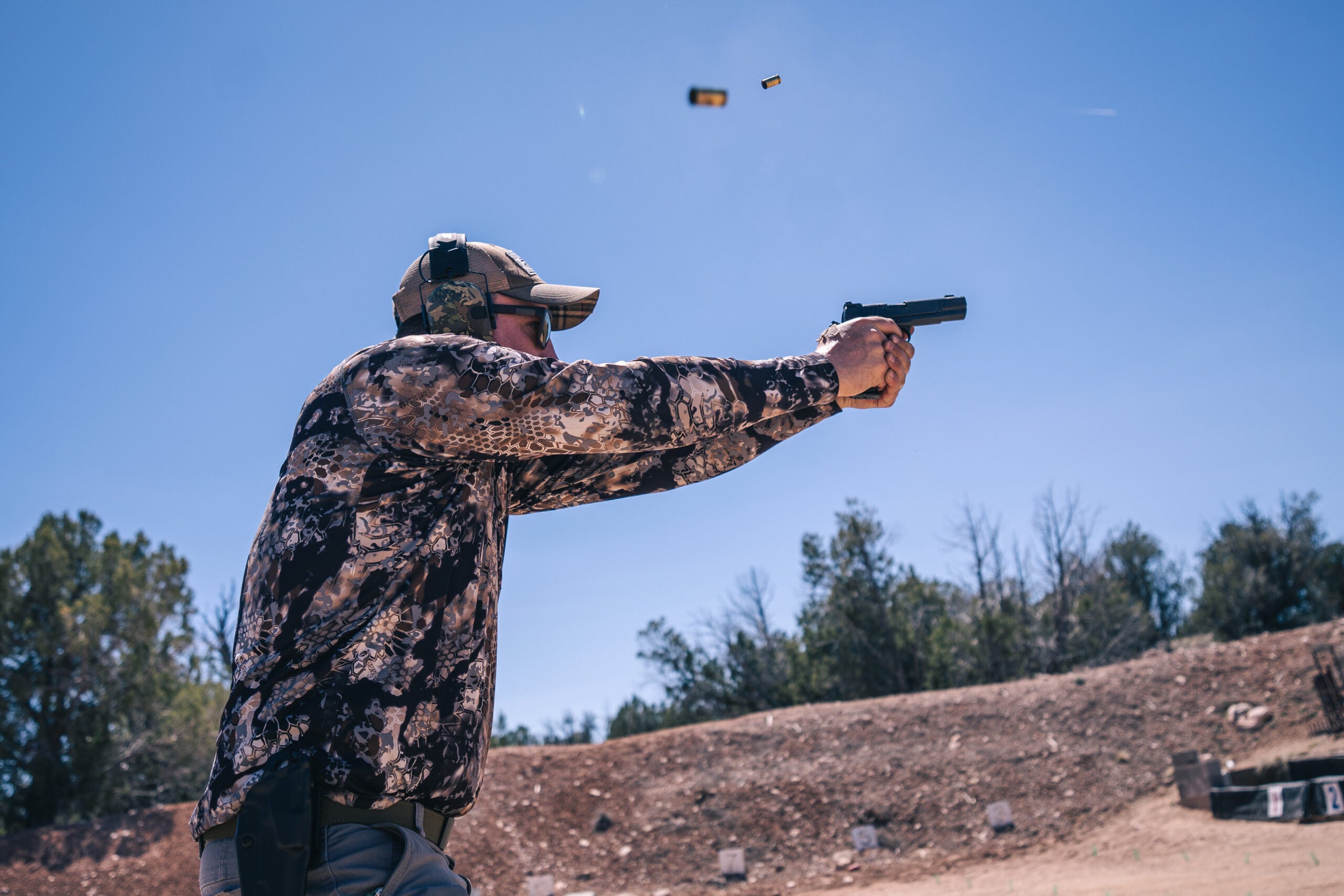
Revolvers
Though not pistols by legal definition, revolvers are one of the most popular and long-serving types of handguns. In fact, the development of the revolver was one of the most significant leaps in repeating pistol technology before metallic cartridges.
Revolvers have managed to stick around and stay relevant for more than 150 years—that’s a legacy. The defining characteristics of a revolver are a single barrel and a revolving cylinder with individual chambers. Each chamber holds a cartridge, and when that chamber is lined up with the barrel and fired, the bullet is propelled through the barrel and exits the muzzle. The empty case remains in the cylinder. Early black powder revolvers didn’t use metallic cartridges, but each chamber contained powder and a projectile.
Single-Action vs. Double-Action Revolvers
The biggest category distinction you’ll find among revolvers is the use of single- or double-action operation.
Single-Action Revolver
Single-action revolvers came first, and they require the shooter to manually cock the hammer, drawing it to the rear, before each shot. Pulling the hammer back loads the hammer spring to drive the hammer forward, but it also rotates the cylinder, bringing a fresh chamber and cartridge into alignment with the bore. When the trigger is pulled, the hammer falls, firing the revolver. Single action revolvers were top-of-the-line for decades and included famous models like the Colt Peacemaker.
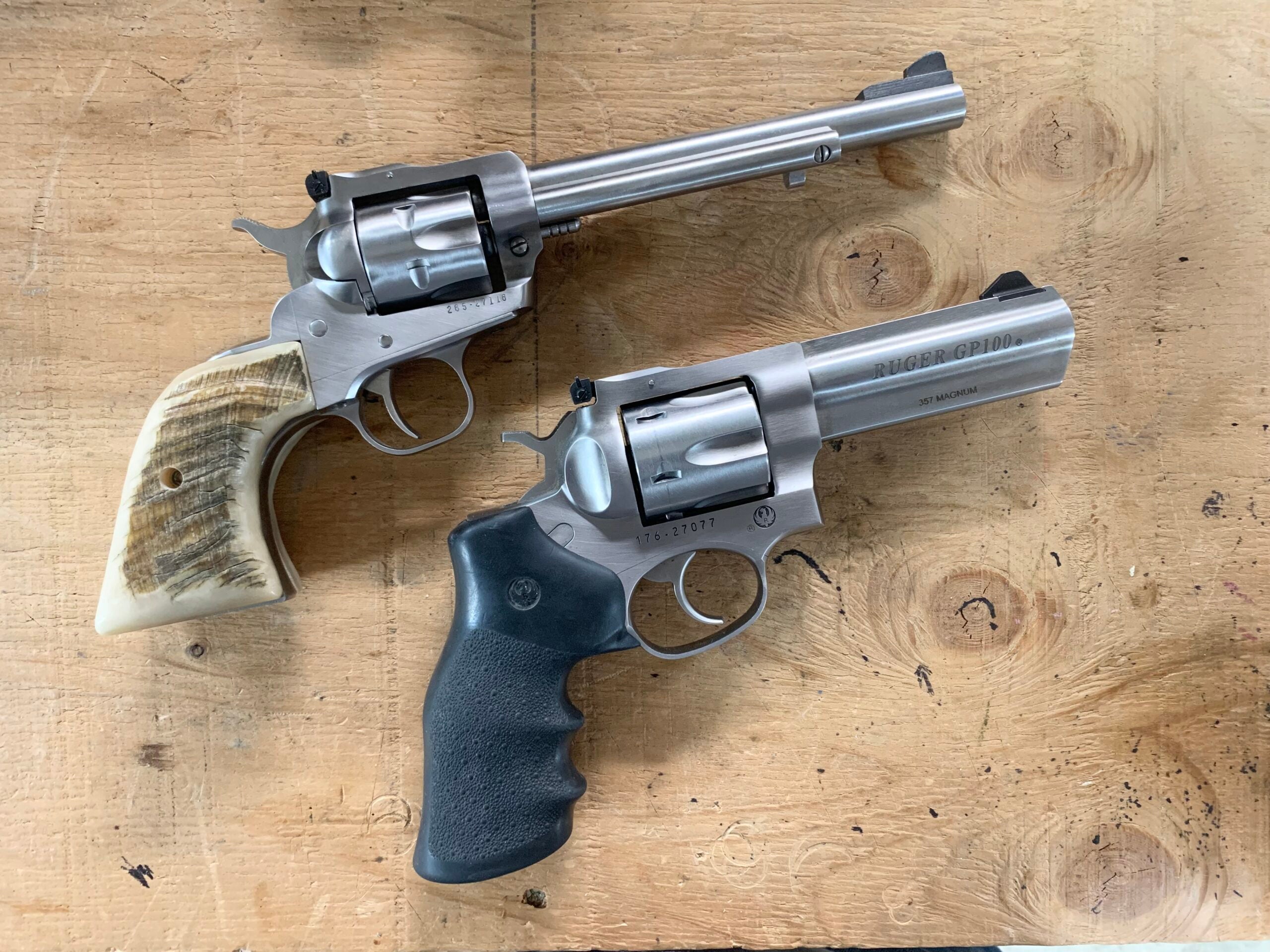
Double-Action Revolvers
Most contemporary revolvers are double-actions. This means that they can be cocked manually and fired the same way single-action revolvers are, but they can also be fired repeatedly by simply pulling the trigger over and over.
In double-action operation, pulling the trigger of a revolver cocks the hammer and rotates the cylinder before allowing the hammer to snap forward and set off the cartridge. To fire again, you simply pull the trigger again. Some double-action revolvers designed for deep concealment don’t have an exposed hammer and can only be operated in double-action mode. Double action revolvers can be fired faster, but because of the increased trigger weight and pull length, your accuracy will be better if you cock the hammer manually and shoot it like a single-action.
Single-Shot and Break-Action Pistols
The first pistols were single-shot muzzleloaders. Today, single-shot and other low-capacity pistols are still popular. You can still get muzzleloader pistols and DIY kits, but modern break-action and single-shot pistols are mostly used for hunting and some self-defense applications. Here’s a closer look at the different designs.
Top-Breaking and Bolt-Action Single Shots
Some of the most popular single-shot pistols used for hunting are break-actions that open from the top (many Derringers open from the bottom). The Thompson Center Contender is a prime example of these types of pistols, and they featured interchangeable barrels that were often chambered in rifle cartridges and used for hunting big game.
Other single-shot pistols chambered in high-power rounds are bolt actions. These lack a stock, but usually have a short barrel and fore-end, a pistol grip, and are usually used with a bipod. They’ve never been a huge part of the pistol market, but dedicated handgun hunters really like them. One of the most famous models is the Remington XP100, but a more recent model is the Nosler M48.
Derringers
Derringers are the original pocket pistols. The first Derringers were cap-lock muzzleloading pistols, followed by the more famous break-action design. They were the most compact guns that you could find, sometimes having two or more barrels. They are unique in that they are pistols, but not revolvers or semi-autos.

The most well-known styles of Derringers are hammer-operated, and when they have more than one barrel, they operate in single-action fashion. That means that you have to cock the hammer manually before each shot. There are some examples of double-action-style Derringers too, though. You can still get Derringers today, in calibers from .22 lr to .45/70, though they can be a handful in the larger chamberings. Tiny rimfire Derringers like the Trail Blazer Lifecard can even fold into the shape and size of a thin wallet for pocket carry—one model is even compatible with a suppressor.
Pistol Cartridges
Each of the many types of pistols can be subdivided by cartridge too. Today, pistols and revolvers are chambered in a wide variety of cartridges ranging from .17- and .22-caliber rimfire, to hunting rifle cartridges like the .30/30 Winchester or the new .360 Buckhammer.
Pistol cartridges generally use a straight-wall design, and most semi-automatic pistols use rimless cartridges. Most revolvers use cartridges with a protruding rim. Because pistol cartridges (and pistol barrels) are relatively short, most pistol cartridges fire their bullets at velocities ranging from 800 to 1,600 feet per second—significantly slower than most modern hunting rifle cartridges.
Here are some of the most common and popular pistol cartridges:
- .22 Long Rifle
- .380 Automatic
- 9mm Luger
- 10mm Automatic
- .45 ACP
- .38 Special
- .357 Magnum
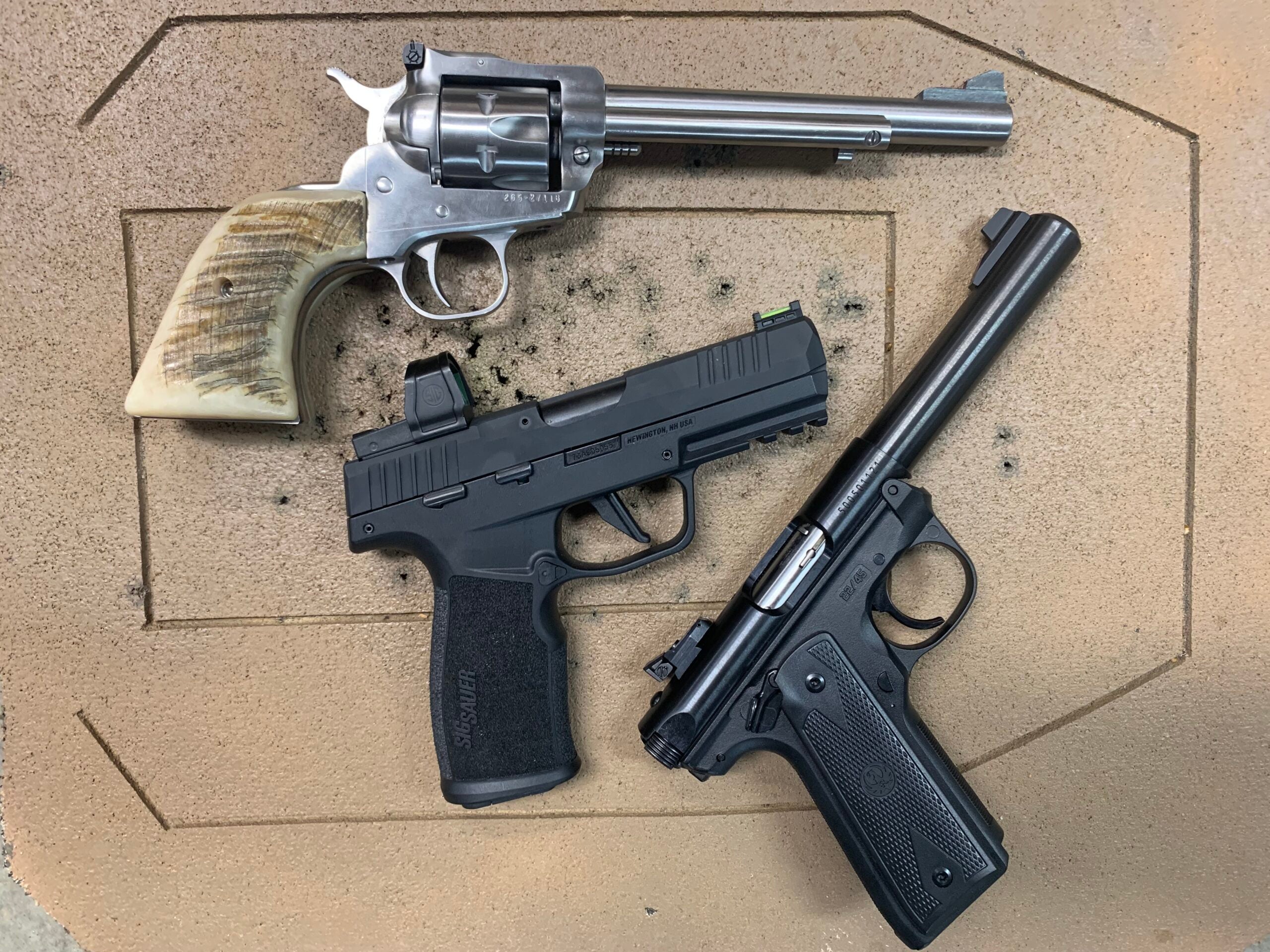
FAQ
What are the three basic types of handguns?
The three most basic types of pistols and handguns are semi-automatics, revolvers, and Derringers.
What pistols do the FBI use?
Generally speaking, the FBI uses Glock pistols chambered in 9mm, though there are undoubtedly some exceptions.
What pistols do police use the most?
The most popular type of pistols that law enforcement use are semi-automatic, striker-fired, polymer-framed pistols.
Read Next: The Best 350 Legend Rifles
Choosing the Pistol That’s Right for You
When you’re shopping and sorting through the various types of pistols and handguns, it’s important to take several factors into consideration to find the best pistol for you.
- What’s the pistol for?
- What size and caliber will work best for me?
- Which type of pistol is most comfortable for me to shoot and carry?
- What’s my budget?
If you’re able to answer these questions, it will be much easier to find your ideal pistol. If you have the opportunity to try shooting different types of pistols in different styles and calibers, that will help you narrow your search. There are lots of quality pistols and revolvers on the market, and the one that works best for one person might not be a good fit for you. The good news is that there’s almost certainly a pistol out there that will fill your needs perfectly.
The post Types of Pistols: A Guide for Beginners appeared first on Outdoor Life.
Articles may contain affiliate links which enable us to share in the revenue of any purchases made.



